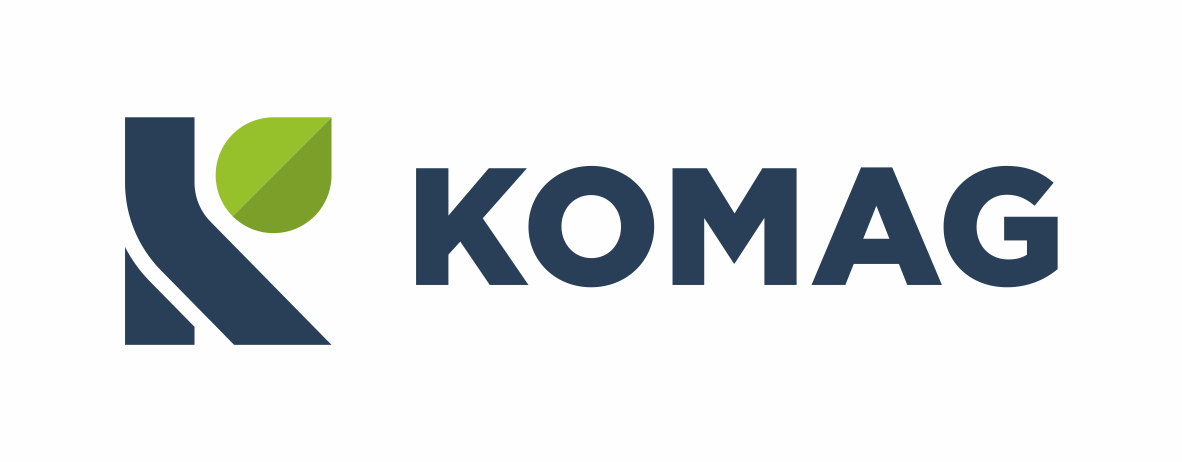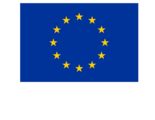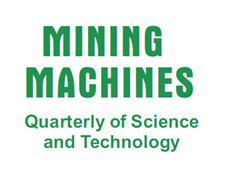Eugeniusz Świtoński, Wojciech Chuchnowski
Monografia nr 27
Gliwice 2008, s.1-91, il., bibliogr.
ISBN 978-83-60708-25-5
cena egz. 35,00 zł
W pracy przedstawiono metodę optymalnego kształtowania cech konstrukcyjnych mechatronicznych układów napędowych maszyn górniczych w aspekcie trwałości i niezawodności. Celem pracy było opracowanie rozbudowanego modelu fizycznego zjawisk dynamicznych zachodzących w mechatronicznych układach napędowych, umożliwiającego optymalizację w celu zwiększenia trwałości i niezawodności.
Zamieszczono ogólne wprowadzenie do omawianych zagadnień, poparte analizą publikowanych wyników badań z zakresu tematyki pracy. Omówiono zagadnienia komputerowej analizy niezawodności konstrukcji połączonej z metodą elementów skończonych. Przedstawiono zagadnienia modelowania mechatronicznych układów napędowych z uwzględnieniem przekładni zębatej oraz silnika asynchronicznego. W przedstawionym modelu dynamicznym uwzględniono zjawiska nieliniowe: zmienną sztywność zazębienia oraz luzy międzyzębne. Opracowano algorytm wyznaczania wskaźników trwałości przekładni zębatej: naprężenia stykowe i u podstawy zęba. Badania optymalizacyjne przeprowadzono z wykorzystaniem modeli matematycznych układu napędowego. Jako funkcję celu przyjęto minimalizację wartości maksymalnych naprężeń stykowych i u podstawy zęba. W procesie optymalizacji został wykorzystany algorytm optymalizacji rojem cząstek (PSO – Particle Swarm Optimization). Zamieszczono wybrane wyniki obliczeń numerycznych, wykonanych za pomocą programu Dymola oraz NOMADm. Zjawiska dynamiczne oraz badania optymalizacyjne przeprowadzono z wykorzystaniem modelu drgań skrętnych, z założeniem monoharmonicznego modelu silnika elektrycznego. Wyniki optymalizacji cech konstrukcyjnych układu napędowego maszyny górniczej potwierdziły pełną przydatność opracowanych modeli i metod badawczych.
Optimization of design features of mining machines’ drive systems in the aspect of their durability and reliability
The method of optimal shaping of design features of mining machines’ mechatronic drive systems in the aspect of their durability and reliability was presented in the paper. Development of extended physical model of dynamic phenomena that take place in mechatronic drive systems, which enables an optimization aiming at increasing durability and reliability, was the project objective.
Introduction to the discussed problems, supported by an analysis of the published test results concerning the project subject matter, was given. Issues concerning computer analysis of reliability of design, together with analysis made by the Finite Element Method, were discussed. Problems of modelling of mechatronic drive systems, including toothed gear and asynchronous motor, were presented.
Non-linear phenomena, i.e. variable toothing stiffness and inter-tooth clearances, were included in the presented model. Algorithm for determination of indicators of toothed gear’s durability, i.e. contact stresses and stresses at tooth’s base, was developed. Operational research tests were conducted with the use of mathematical models of drive system. Minimization of maximal values of contact stresses and stresses at tooth’s base was assumed as an objective function. Algorithm of Particle Swarm Optimization (PSO) was used in the optimization process.
Selected results of numerical calculations, which were made with the use of Dymola and NOMADm software, were given. Dynamic phenomena and operational research tests were conducted with the use of model of torsional vibrations, with assumption of monoharmonic model of electric motor. Results of optimization of design features of mining machine’s drive system confirmed the full usefulness of the developed models and research methods.





 Badanie bezpieczeństwa wyrobów
Badanie bezpieczeństwa wyrobów Klaster Maszyn Górniczych
Klaster Maszyn Górniczych